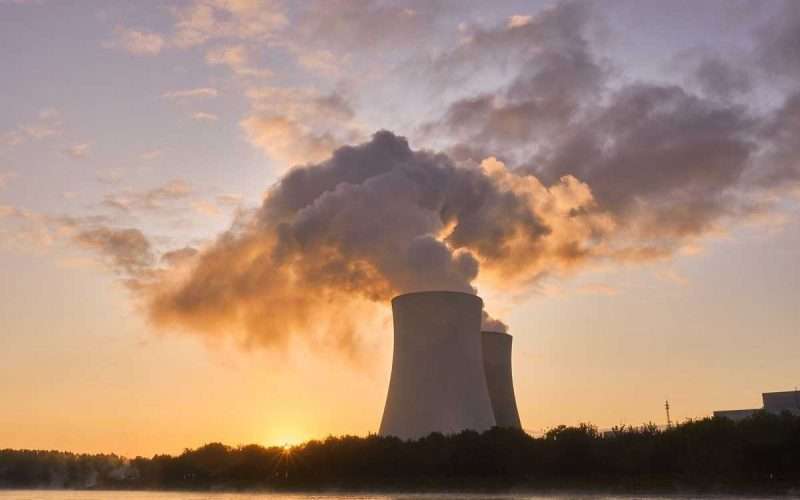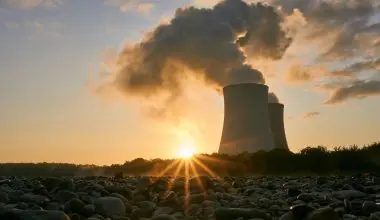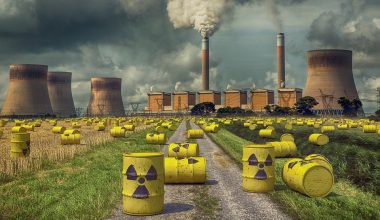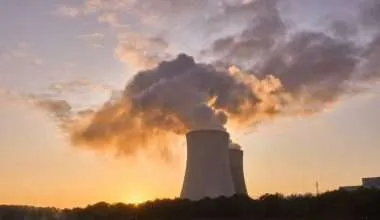Table of Contents Show
What is Nuclear Energy?
Nuclear energy is the energy released from chemical reactions between atoms and neutrons.
‘Nuclear’ is derived from ‘Nucleus’ which is the central, most important component of any object which decides its physical properties. The nucleus is positively charged and consists of protons and neutrons.
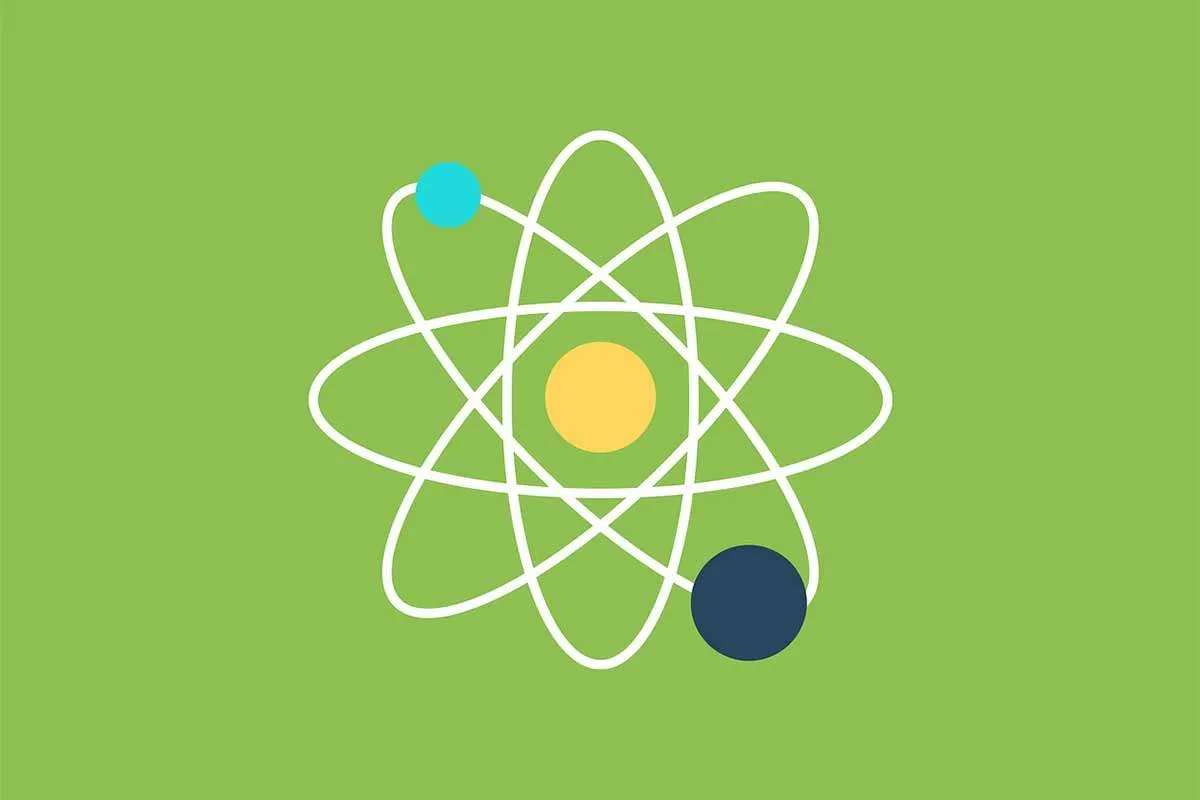
The nucleus is split apart (Fission) or combined with others (Fusion) to make ‘nuclear energy’.
In today’s world, nuclear fission is considered as a feasible option when we talk about generating electricity from nuclear energy.
Neutron generated from a fission reaction is shot at the atom of an element (Uranium) which triggers a nuclear reaction generating enormous energy. This enormous energy is channeled into generating electricity by rotating steam turbines.
Shooting two atomic nuclei at each other with high speeds can also create a lot of energy and is another type of nuclear energy reaction (Fusion). These two paragraphs were just summaries, but you can learn much more here!
Nuclear energy is widely being used by many countries for its capability to produce electricity that can fulfill its demand worldwide.
Let’s have a look at the pros and cons of nuclear energy to understand it better.
Interesting Advantages of Nuclear Energy
“Nuclear energy, in terms of an overall safety record, is better than other energy.“-Bill Gates
1. Reliable Source of Energy
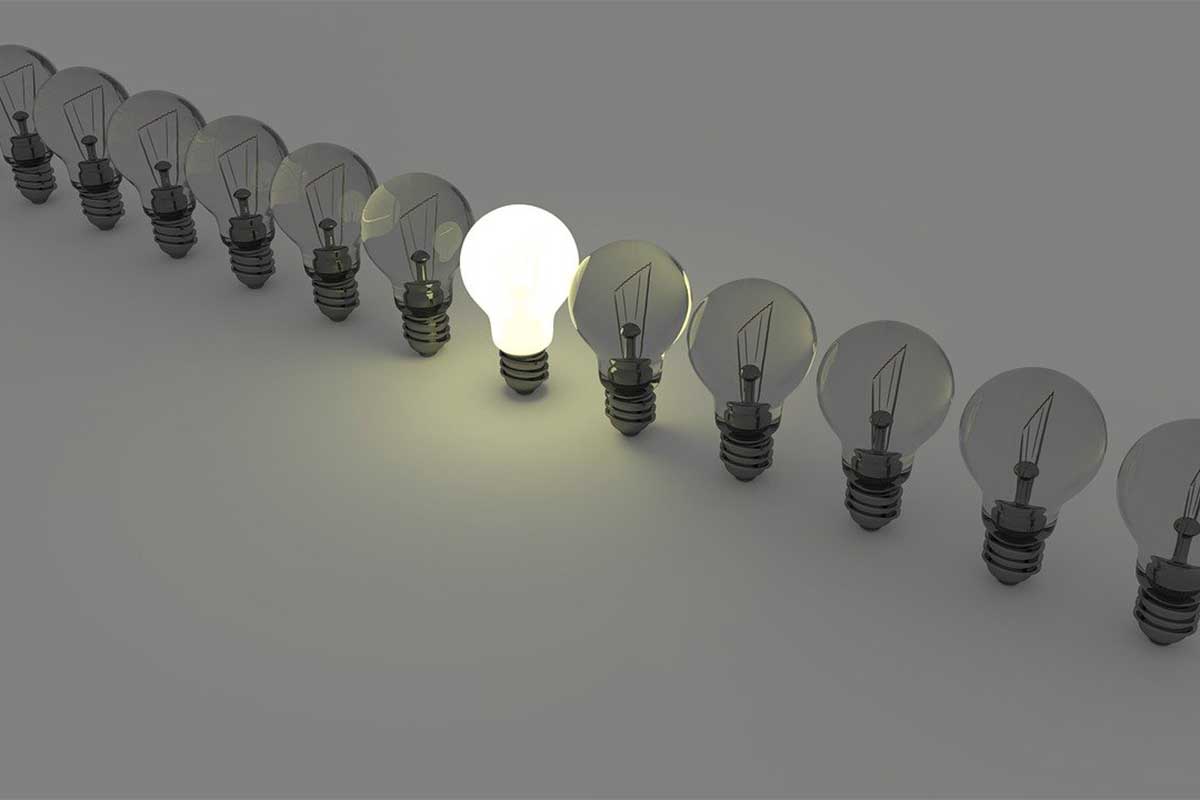
Nuclear plants can keep on producing power and can run uninterrupted for more than a year, given that they are cooled properly.
This makes nuclear energy one of the most resilient ways of producing electricity for as long as a meltdown doesn’t occur.
2. Minimal Greenhouse Gas Emissions
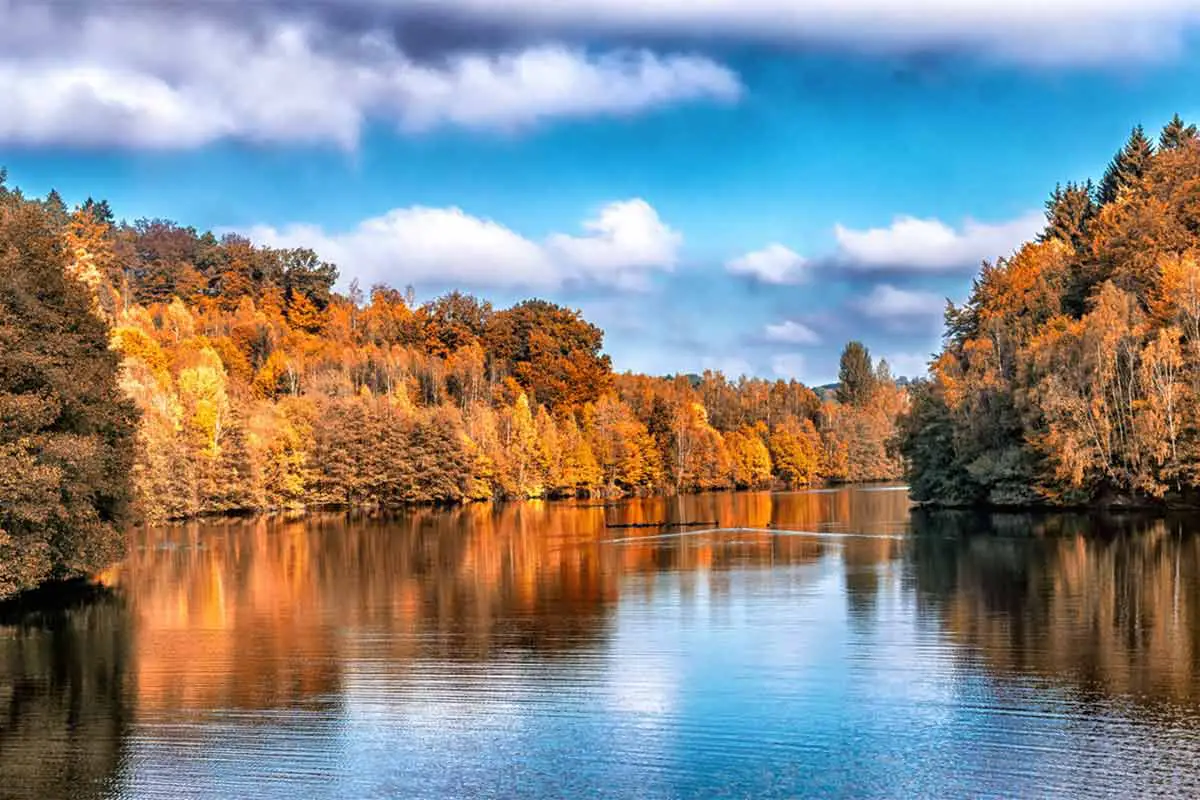
Nuclear enthusiasts argue that nations should invest in nuclear energy despite the potential shortcomings that may arise in the future. They put forward a particular advantage that nuclear energy has, relatively very low environmental impact.
This is a strong argument because we want to avoid exacerbating climate change. However, we also want to have clean air, land, and water free of radioactive contamination.
Nuclear energy produces less greenhouse gasses and air pollutants while making electricity when compared with fossil fuels. This attracts people towards nuclear energy as it reduces CO2 emissions, which benefits the environment in the long-run.
3. Low Operating Costs
We should first acknowledge that the world relies on energy in terms of volume as well as in reliability of production for it to function normally. However, the method of electricity generations has to be affordable so the people and the governments can get access to it.
Did you know? Around 1.2 billion people in the world still live without electricity.
The demand for energy is constant in many places of the world whereas in other places it has increased a lot over the last few years.
Nuclear power produces cheap electricity using uranium (mostly) as fuel during the process. The setting up of a nuclear plant is expensive and it has to run for several years to recover the cost.
However, once a nuclear plant has been established fully, it produces the power cheaply and the production of energy is maintained for several decades at a time. The capital expenditure reduces over the time period.
4. Nuclear Power Plants run at very high capacity
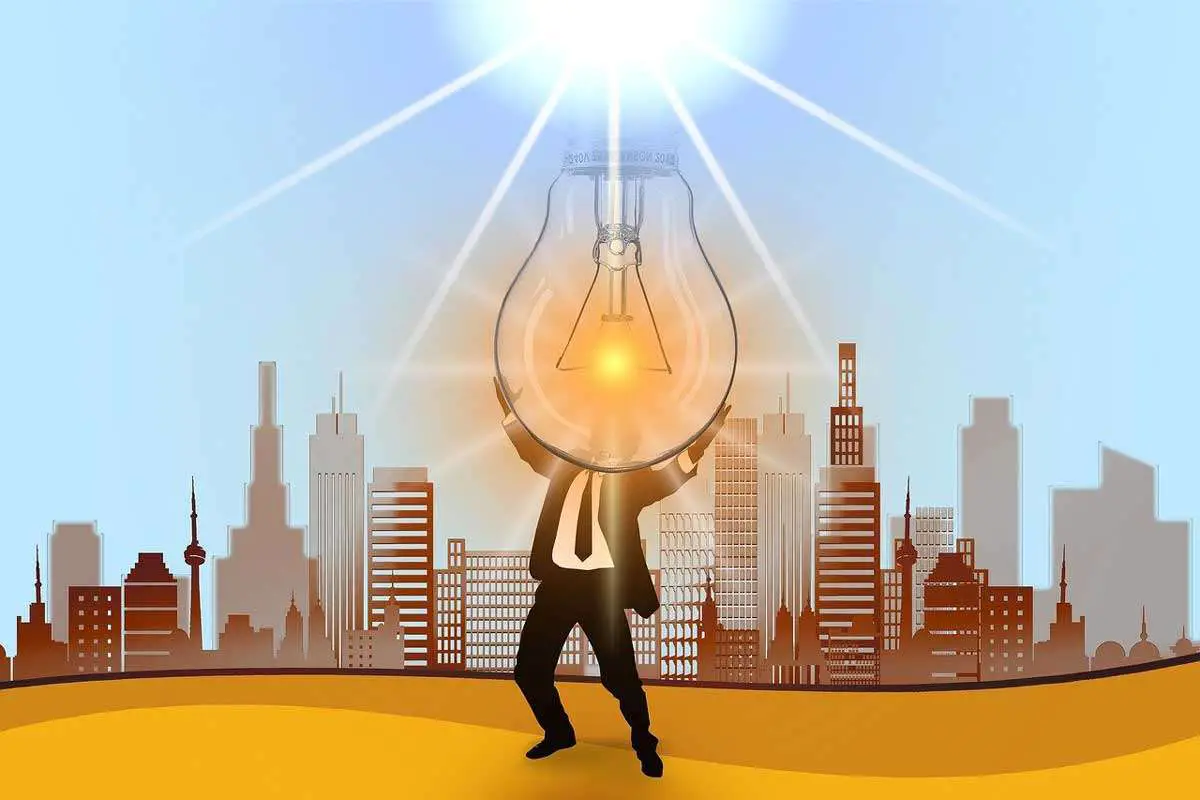
When compared to other non-renewable resources, nuclear energy is considered to be super efficient.
This is because a nuclear plant requires a minute amount of fuel to generate large amounts of energy when compared with power plants using fossil fuels.
The energy released by nuclear fission is around ten million times more than the energy produced by fossil fuel atoms.
Nuclear power plants run for nearly 93% of the year!
Disadvantages of Nuclear Energy
5. Radioactive waste and by-products
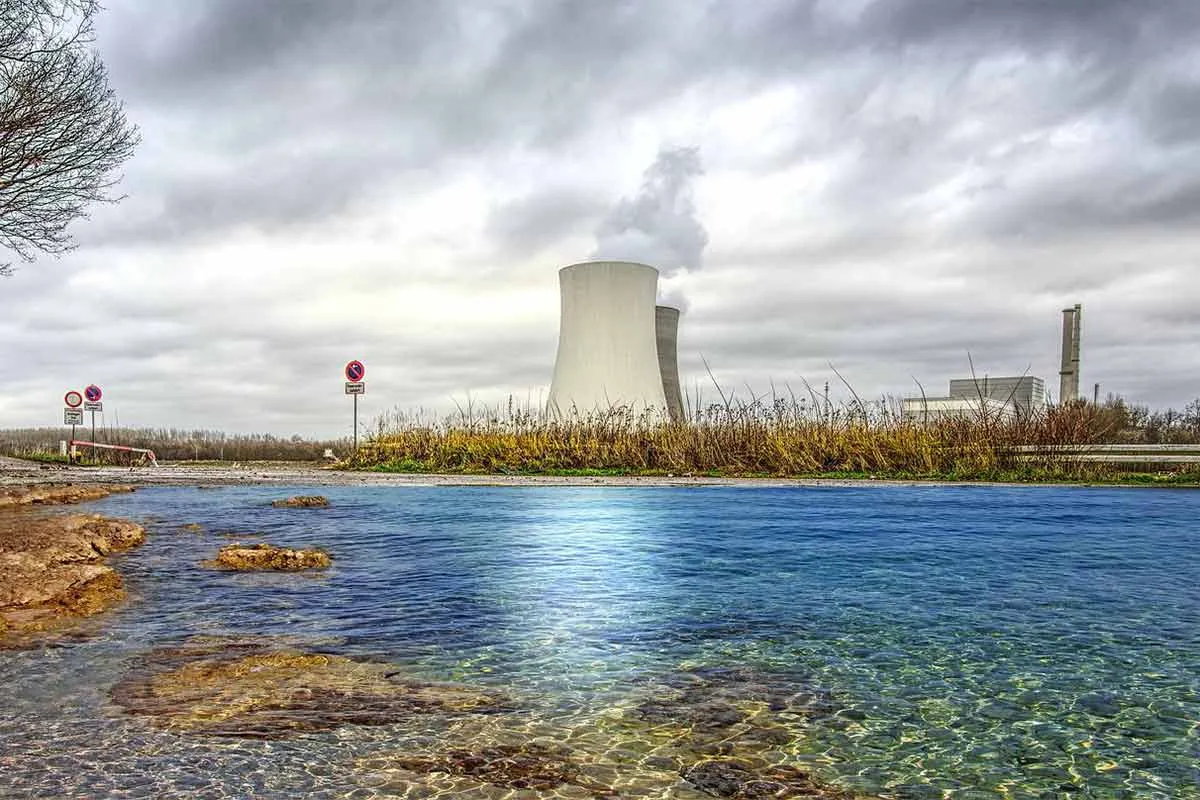
The major concern about nuclear energy is the harmful waste that is produced, in terms of by-products like equipment as well as the radioactive waste fuel generated during the chemical reaction inside the reactor.
Estimation states that a nuclear power plant uses 20 metric tons of nuclear fuel in a year. This leads to a lot of nuclear waste which is processed and buried in special containers deep in earth.
This is not a sustainable way forward as the radioactive levels decay at a very slow rate. And these containers could leak in future; let’s say maybe 10 years from now!
6. Leaks present extreme dangers well beyond the plant
If a malfunction is experienced in a nuclear plant, it presents with immaculate health risks to the people living nearby.
This happened after the case of the Chernobyl accident in Ukraine in 1986 and at Fukushima in Japan during 2011. Cancer is still one of the major diagnoses in Western Europe after the Chernobyl incident.
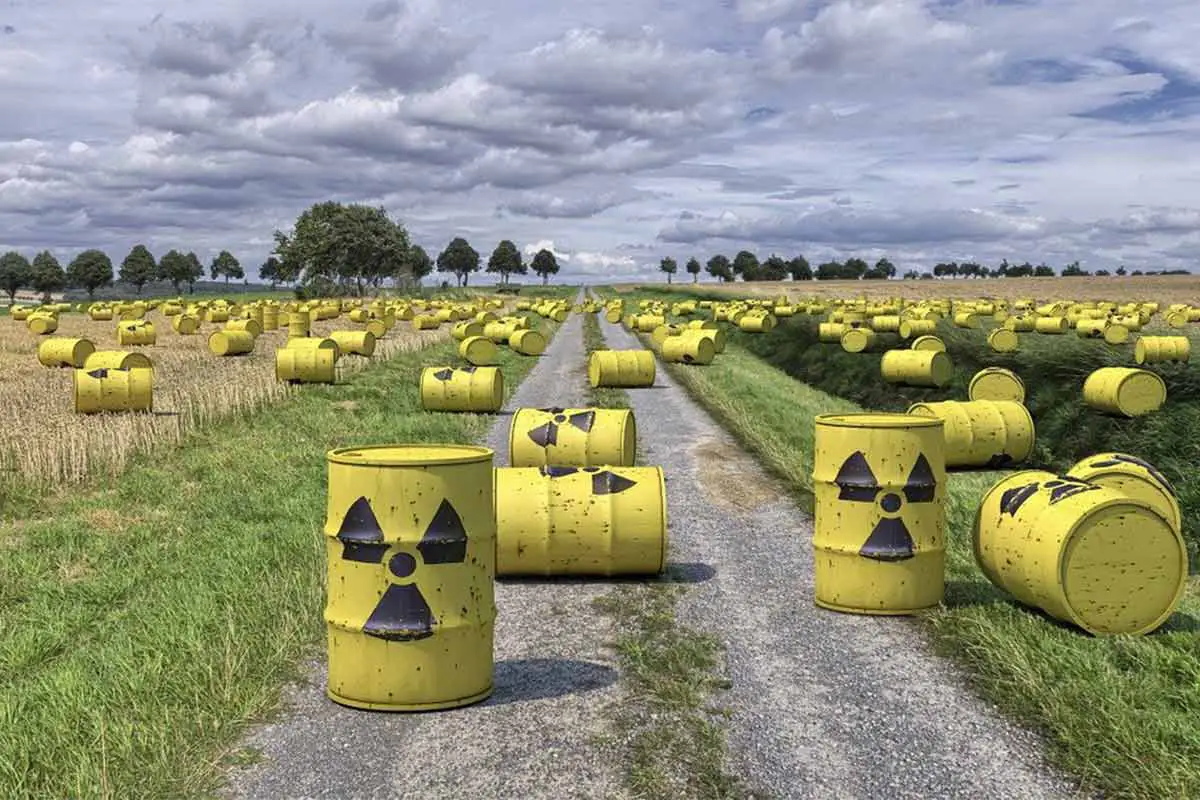
7. Carcinogenic threats to nearby communities and workers
One of the major disadvantages of nuclear power plants is that the workers are constantly being exposed to dangers of radiation if precautions are not followed properly.
Even after precautions, the worker clothes are considered hazardous waste and labeled as low-level radioactive waste.
8. High Capital Costs
Setting up a nuclear plant is very expensive as it is considered cost-prohibitive and mostly requires heavy tax subsidies which come from taxpayers’ money.
High investment would mean that it would be a viable investment only if the reactors were to continue on working and producing electricity for many years.
Just imagine the radioactive waste that could be produced because of that!
9. Complex Systems
The systems in nuclear power plants are often very complex and require the expertise of nuclear scientists and experienced technicians for the plant to work properly.
Other than technical knowledge, a very high level of safety and no margin of error are necessary to maintain the nuclear power plants.
10. Destruction of Ecosystems
Because of explosions and leakages in the nuclear power plants, the nearby ecosystems are harmed because of acidification of soils, acid rain and other groundwater intrusions.
Furthermore, the extraction of uranium is not a clean process, its transportation has its own carbon footprint which is also a major disadvantage for nuclear plants.
11. May end up in wrong hands – Security Issues
Nuclear energy has the ability to be used as a high-powered weapon such as in hydrogen or atomic bombs.
“Our moral imperative is to work with all our powers for that day when the children of the world grow up without the fear of nuclear war.”
RONALD REAGAN, FROM REAGAN’S SECRET WAR BY MARTIN AND ANNELISE ANDERSON.
12. Improper Nuclear Waste Disposal
Nuclear waste produced during the processes and waste fuel after the process is not disposed of properly. It is usually dumped into the sea with hope of it diluting in water.
However, the oceans can only take so much when they’re dumping gallons and gallons of waste fuel into the water.
Discarding waste into waters actually makes it more harmful as it would harm the marine life and that could go on to harm humans as we would consume the fishes.
Conclusion
Looking upon the Pros and Cons of Nuclear energy, we can observe that the disadvantages outweigh the advantages of nuclear energy.
However, the fact that nuclear is a clean, renewable energy is still there. By trying to eliminate a few of the disadvantages of nuclear energy production, nuclear energy can be used to run the world!
Let me know your thoughts in the comments below!
